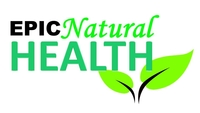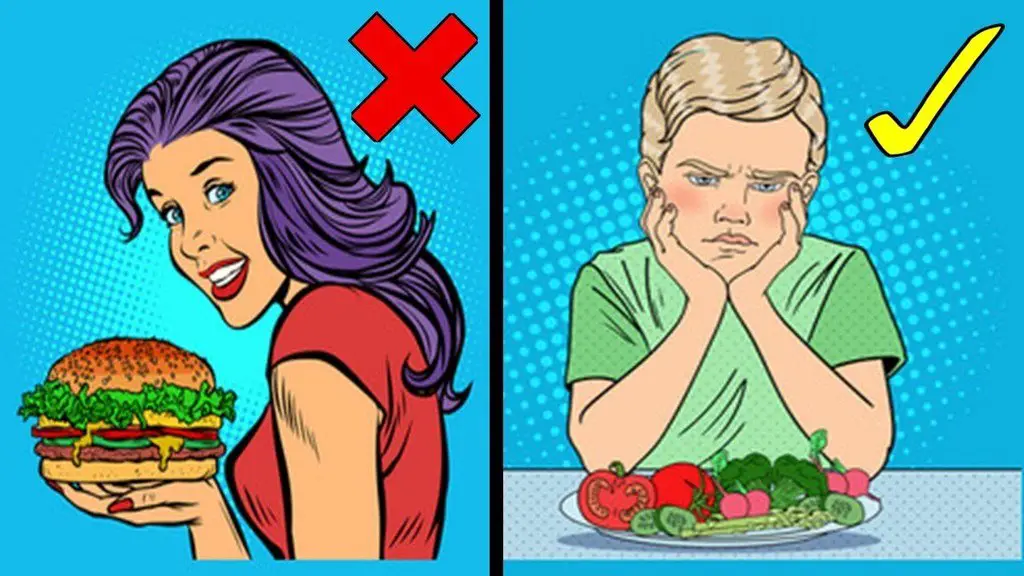Raising our children is the biggest job we will ever do in our lives. Not only do we need to make sure our little ones grow up to be kind, respectful individuals, we also need to teach them how to live healthily on their own.
The foods we give to our children on a regular basis don’t just directly affect their current health, they also leave an impression on our children on what is acceptable to eat frequently. If these foods are harmful to health, and we’re not offering them as a one-off “treat”, our children may grow up to believe that these unhealthy foods are diet staples.
We’re sharing the top 15 worst foods to feed your children in this video, so stay tuned to learn everything you need to know.
1. Juice boxes
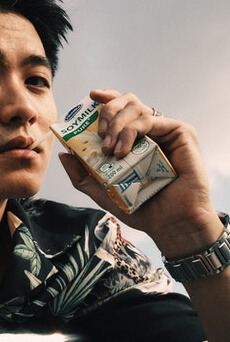
It might be easy to put a juice box or pouch into your child’s lunch box to take to school, but these are essentially just sugar in a drink. Your child will most likely drink it, get a sugar rush, and then crash.
All types of fruit juice are problematic, but apple juice seems to be what young kids are drinking the most. It’s a common misconception that apple juice in a carton is somehow healthier than orange, grape, or cherry juices when in reality, even 100 percent apple juice can contain 160 calories of empty sugars per cup.
If you want your kids to get their fruit fix, give them an actual piece of fruit – it’ll help them get their fibre intake, plus benefit from all the nutrients packed into the peels. Don't bother buying juices just because they’re fortified with vitamin C and minerals either, because children aren't usually lacking in these nutrients.
2. Honey

Until your child is 2 years old, honey is something that they should never be included in their diet. Honey can contain a toxic type of bacteria that causes botulism, which can be potentially fatal on occasions.
This bacteria won't hurt most adults, but young kids' immune systems haven't been built up enough to fight it off. You can find botulism in any type of honey, whether it be raw or highly processed, so it’s best to stay on the safe side and avoid it altogether.
3. Fizzy drinks
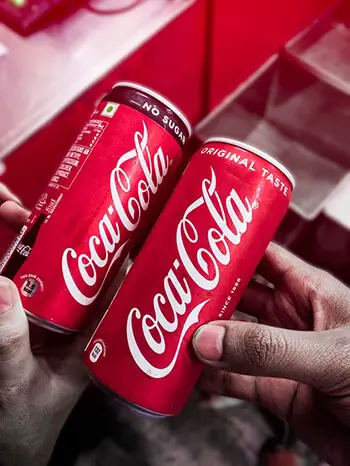
We all know that fizzy pops and other sugar-sweetened drinks have scientifically proven links to obesity, type 2 diabetes, and even aggressive behaviour in children. And yet research shows many parents across the country continue to give their children these drinks on a daily basis.
When you consider that a 20-ounce bottle of fizzy pop can have over 60 grams of sugar, which is roughly four times what kids should get in an entire day, that’s quite a scary thought.
4. Boxed Mac 'n' Cheese and other kinds of pasta
Given the long list of non-food ingredients in boxed mac 'n' cheese, like artificial flavourings and preservatives, it’s hard to understand exactly what you’re letting your kids eat. Besides being highly processed, boxed macaroni and cheese and other pasta contain virtually no nutrients. Instead, they contain sodium and preservatives, which can condition actually condition children to crave more salty, artificial foods.
The other problem with boxed pasta is when you throw a package in your shopping trolly and cook the contents up in minutes, children don’t learn where their food is actually coming from. Since pasta and cheese sauce is simple to make from scratch, it’s a better idea to give your children an educational experience about their food.
Take them shopping for whole-grain pasta, fresh cheese, and other ingredients and encourage them to help you cook. This will help them to understand how to make better food choices as they grow up.
5. Fruit Snacks
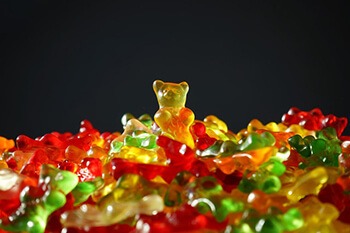
Gummy fruit snacks, fruit rolls, and jellies are nothing but sugar. They’re often placed on the dried fruit aisle in shops as if their fruit flavour somehow makes them healthy, but that is usually far from the case.
6. Canned Tuna
Fish can be an excellent source of lean protein, healthy fats, vitamins, and minerals, so it's great to introduce it into your child’s diet early. But certain kinds of fish should only be enjoyed sparingly because of their high mercury content, including swordfish, king mackerel, tilefish, and canned tuna.
You shouldn’t include these fish kinds in your young child’s diet regularly, as research has found they can affect kids’ nervous systems as they grow up.
7. Granola Bars
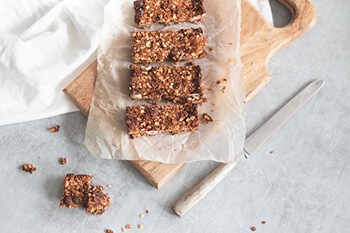
Many people fall for the marketing for the likes of granola bars and cereal bars and assume that they’re healthy snacks. In reality, most bars offer very little protein and fibre, and the all-at-once sugar hit that they provide essentially has the same effects as a chocolate bar.
You don’t need to stop feeding your child every type of granola bar that exists. Just read ingredients lists to make sure they contain real nuts, fruit, whole grains, and no high-fructose corn syrup or other added sugars.
You can also whip up a batch of granola bars at home, using oats, dried fruit, almonds, and other nuts, a bit of honey for older children, and a sprinkle of cinnamon.
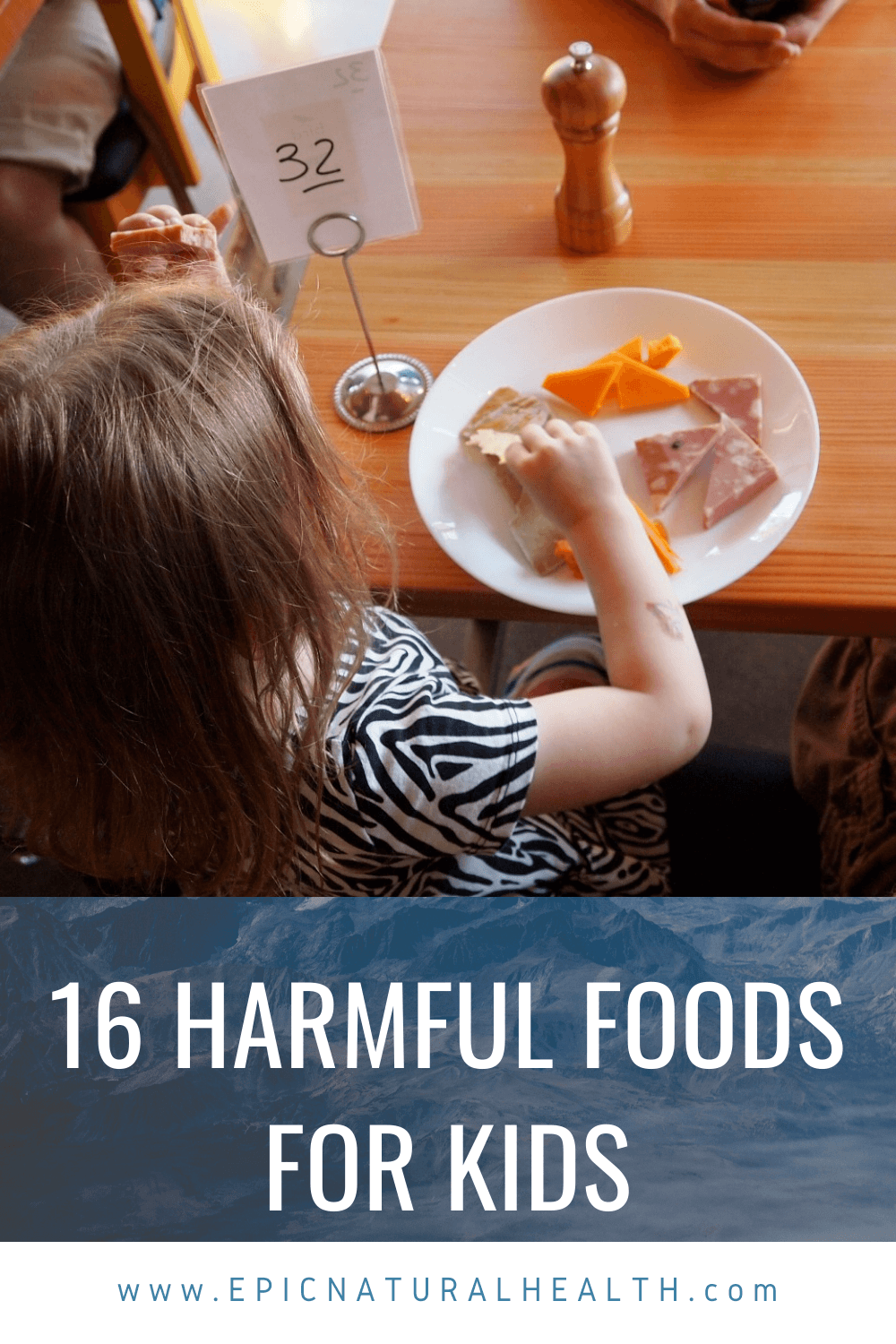
8. Sports Drinks
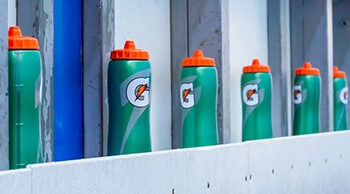
There's no good reason to give your kid sugary sports drinks. The only time anyone might need such a high-sugar beverage was if they'd just completed an intense workout and needed some quick calories and electrolytes to help them recover.
This very rarely applies to children, who bounce back faster after exercise than adults. Instead of resorting to unnecessary sugar, give your child a glass of cold water with some sliced lemon and other fruits. This is a much better way to replace lost vitamins and minerals than with a sports drink.
9. Flash-Fried Frozen Finger Foods
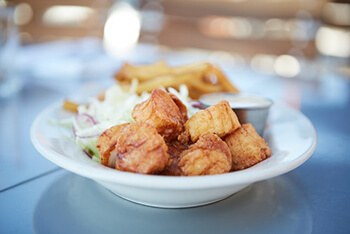
Frozen chicken nuggets, fish fingers, and mozzarella sticks are usually very high in sodium, saturated fat, and preservatives. Not only that, but they usually contain poor-quality chicken, fish, or cheese.
Even though many brands are now using better-sourced meats, they're often still flash-fried to make the batter stick, which keeps their fat and calorie counts too high for kids. It’s ironic, really, as these sorts of foods are often labeled as “kids foods”, especially when it comes to eating out at restaurants, but they’re actually terrible for a child’s health.
If you rely on frozen finger foods from time to time, that's fine, but look for brands that use whole-grain breadcrumbs and haven't been flash-fried. You can usually tell that by looking at the saturated fat content.
10. Dipping Sauces
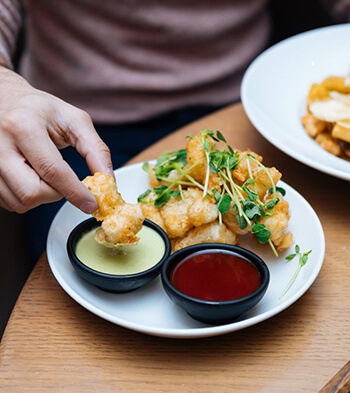
Unless you're using a dipping sauce to convince your little one to eat more veggies, try not to introduce them to condiments like ketchup, barbecue sauce, and mayonnaise. Foods that taste good already don’t need to be eaten with extra sauces, especially ones that are so sweet that they take away from the initial flavour of the food.
Condiments can add hundreds of calories and extra fat to a meal. If your kid is a big fan of dipping sauces, instead of banning them entirely, try portioning out their servings rather than handing them the whole bottle. You can also switch up certain dressings to home-made healthier alternatives.
11. Raw Milk
Research by numerous experts has found that milk that hasn't been pasteurized is more likely to cause food-borne illness. Even if you believe raw milk is healthier than pasteurized because the digestive enzymes and other nutrients aren’t killed off, you should keep in mind that it's very risky for kids to drink.
Since children's immune systems aren't as developed as adults', they're more susceptible to fall ill from drinking it.
12. Breakfast cereals
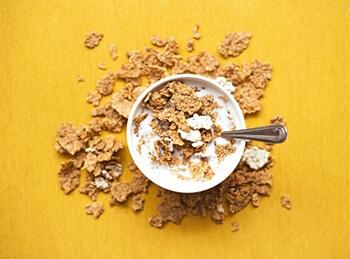
Some breakfast cereals marketed for kids are the equivalent of eating a chocolate bar for breakfast. Even the cereals labeled ''whole-grain'' can be full of sugars and empty calories with only a small amount of fibre added.
Check the ingredients label and make sure that sugar or any other name for sugar, including high fructose corn syrup, is not in the top three ingredients. Instead, look for the word ''whole'' as the first word listed in the ingredients. It’s also worth looking for a cereal with 3 or more grams of both protein and fibre per serving.
13. Hot Dogs
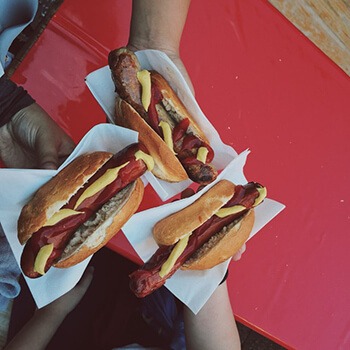
Highly processed meats like hot dogs contain nitrites, which are linked to increased cancer risk. Eating lots of red and processed meats is also associated with an increased risk of coronary heart disease, stroke, and diabetes.
As many of us know already, hot dogs that come from a tin are high in sodium and saturated fats and often come served with additional high sodium condiments and a white bun made of enriched flour, which lacks fibre and nutrients. There’s very little chance of your kids getting any sort of nutritional benefit from eating hot dogs, so while they’re fine as a one-off treat, don’t make them a weekly thing.
14. Packaged lunches
Packaged lunches with deli meat, cheese and cracker combinations, a sweet drink, and sugary dessert are almost always high in sodium, unhealthy fats, and simple carbohydrates, and provide few nutrients to your child. Instead of buying the overly processed packages, make your own at home with whole-grain crackers and low-sodium meat and cheese cubes.
Add baby carrots, grapes, or cherry tomatoes on the side. It takes five minutes to do, and you’ll feel better in the knowledge that you’re helping your child stay healthy and energized while at school.
15. Hard sweets and lollipops
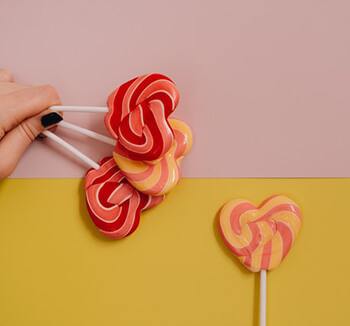
Hard sweets and lollipops are essentially just sugar and artificial colourings and flavours. If you’ve visited the dentist with your children, you will have probably been lectured about how these sweets are harmful to teeth because they stay in the mouth for extended periods of time, and can cause plaque and cavities.
Hard sweets are especially a bad idea for children with braces, retainers, or fillings, as they could cause extra damage or even dislodge them. Sweets should only ever be reserved for offering as a treat, such as at kids’ birthday parties and for a Sunday snack.
Conclusion
Being more aware of the foods you feed your children will help you to make smarter choices going forward. Of course, it’s fine to dish out the occasional treat, but if you find yourself offering up any of the foods mentioned in this video time and time again, it may be time to rethink your choices at the grocery store.
Try switching up sweet, sugary snacks with sources of natural sugar, like fruit. Microwave “cheat meals” and packed lunch items should be reserved for only when you have zero time on your hands – and even then, you could probably still whip up a speedy alternative, like a fun kid-friendly pasta salad.
